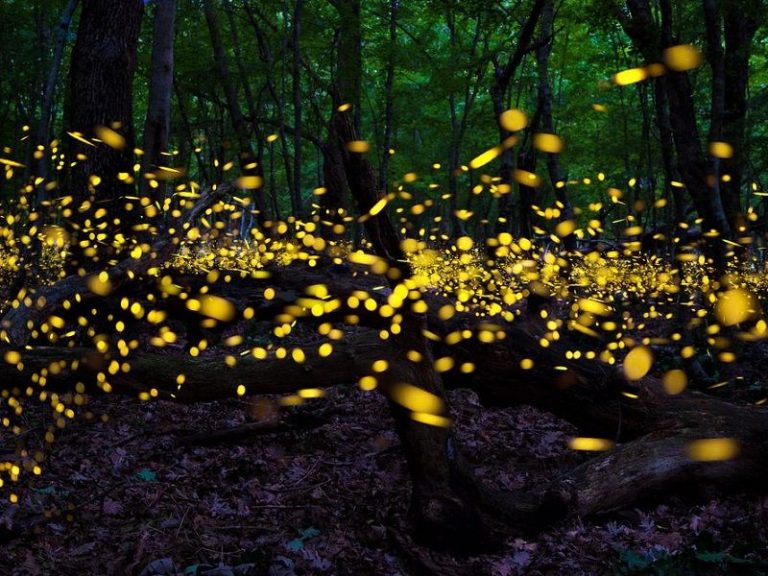Light is a fundamental phenomenon that illuminates our world, allowing us to perceive and interpret our surroundings. Yet, not all light is created equal. Cold sources of light, in stark contrast to their warm counterparts, offer a fascinating juxtaposition in the spectrum of luminosity. This article delves into the intriguing nature of cold sources of light, exploring their characteristics, applications, and the unique appeal they hold in both scientific and artistic realms.
At the most basic level, a cold source of light is defined as one that emits light with minimal heat production. Unlike incandescent bulbs or traditional flames, which radiate substantial infrared energy, cold light sources function with an efficiency that prioritizes luminosity without significant temperature elevation. Common examples include LEDs (light-emitting diodes), fluorescent lights, and certain types of lasers. These light sources operate on principles distinct from thermal radiation, leading us to consider not just their practicality but also their metaphorical resonance in the broader scope of light as a medium of expression.
The very essence of cold light can be likened to the calm surface of a mountain lake—serene, clear, and inviting. It possesses a quality that is both ethereal and profound, encapsulating the idea of illumination without the burden of heat, much like the tranquility of twilight when shadows stretch long but the warmth of the day begins to fade. This serene luminance contributes to a myriad of applications that span scientific innovation, artistic expression, and everyday functionality.
One of the most significant characteristics of cold sources of light lies in their efficiency. In traditional lighting systems, a substantial portion of energy is lost as heat. However, cold light sources convert a higher percentage of electrical energy into visible light, thus minimizing energy waste and environmental impact. This efficiency dovetails with contemporary concerns about sustainability, making cold light sources not only preferable from an energy standpoint but also appealing from an ecological perspective, encouraging the reduction of carbon footprints while promoting a brighter, illuminated future.
Moreover, the longevity of cold light sources, particularly LEDs, has transformed our approach to lighting. These devices possess an operational lifespan that significantly exceeds that of traditional incandescent bulbs. An LED can persist upwards of 25,000 hours, rendering it not merely a light source but a long-term investment. This enduring quality evokes a sense of reliability akin to a steadfast friend who remains present through the passage of time. Their low maintenance requirements further reinforce the metaphor of durability, appealing to both consumers and businesses seeking effective and sustainable solutions.
In addition to their practical advantages, cold sources of light have garnered interest in the realms of health and well-being. For example, certain wavelengths emitted by cold light sources, particularly those in the blue spectrum, are employed for therapeutic purposes in the treatment of Seasonal Affective Disorder (SAD). Here, light assumes a role akin to a gentle guide—illuminating shadows of despair and ushering in periods of emotional clarity. This therapeutic application not only enhances the aesthetic ambiance of spaces but also functions as a catalyst for psychological well-being, transforming light from a mere physical phenomenon into an enabler of emotional uplift.
Artistically, cold light has inspired a revolution in creative practices. Artists and designers harness the unique qualities of cold light to evoke emotion, create dynamic installations, and innovate in photography and visual media. The stark clarity and versatility of cold light enable artists to explore new dimensions of perception, enabling a dialogue between the viewer and the artwork that warms the heart without the need for thermal comfort. Cold light’s ability to highlight colors and details often overlooked in warm lighting conditions fosters a narrative that challenges us to see the world in a different light—both literally and metaphorically.
Furthermore, the advent of digital technologies has expanded the scope of cold light usage. In the realm of displays, screens powered by LED technology offer vivid, sharp images while consuming less power than their traditional counterparts. This has a profound impact on our visual experience in an increasingly digital world, where clarity and precision are paramount. The language of visual media, now more vibrant and accessible thanks to cold light, speaks uniquely to a generation accustomed to the playful dance of pixels, prompting us to ask how light influences not just what we see but how we engage with our experiences.
In conclusion, cold sources of light embody a remarkable dichotomy: they are both functional and aesthetic, scientific and poetic. Their ability to illuminate with minimal heat while traversing the realms of art and technology underscores their unique appeal. From enhancing our environments to contributing to our mental well-being, cold light sources challenge us to reconsider the significance of illumination in our lives. As we continue to innovate and integrate these luminous marvels into our everyday existence, we embrace a future where light transcends the mere act of illumination, becoming a beacon of possibilities that can inspire, heal, and connect in ways that are profound and enduring.












